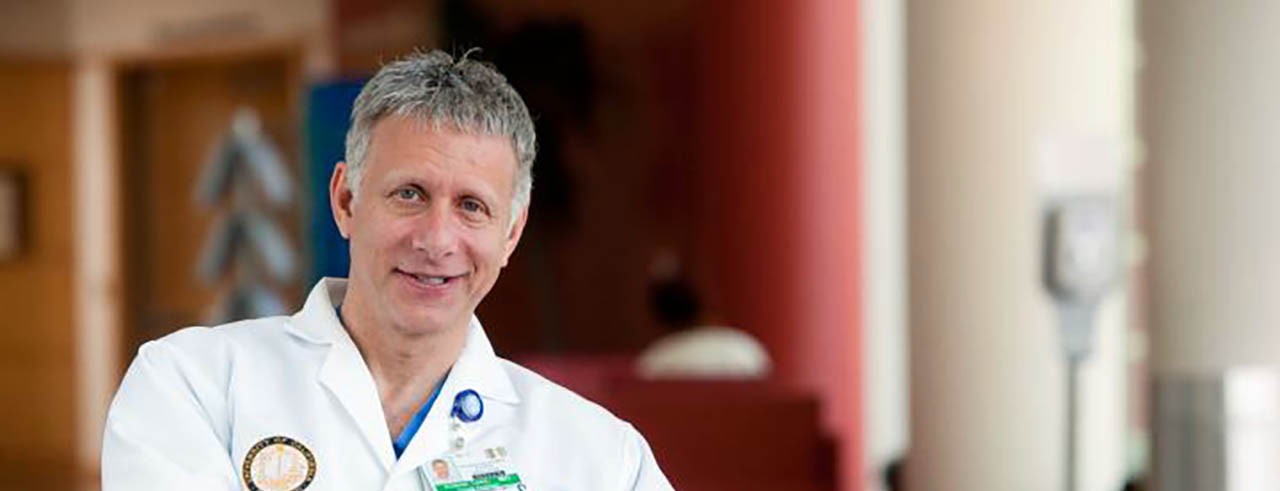
UC-developed pancreatic cancer model yields significant discoveries
Technology licensed 15 times over 20 years
When the University of Cincinnati launched its Millennium Research Plan with the goal to double funded research, cancer research was high on the list. And Andrew Lowy, MD, was on the faculty studying pancreatic cancer, looking for the best treatment for tumors.
The plan’s emphasis, said John Hutton, dean of the UC College of Medicine, was on “translational research, taking the basic science and translating it into direct patient care delivery.” Lowy, now chief of surgical oncology at Moore’s Cancer Center, University of California-San Diego, translated that edict into results.
Lowy’s laboratory developed a mouse strain called Pdx-cre that leads to excision of DNA specifically in pancreatic tissue, allowing for the turning on and off of genes that drive the development and progression of pancreatic cancer. With colleagues at the University of Pennsylvania, they developed the very first mouse models of human pancreatic cancer (called KC and KPC), which are now used to study ways to both diagnose and treat pancreatic cancer.
“They have become the most widely used models in the field worldwide,” Lowy said recently.
Making the impossible possible
Lowy’s model has proved invaluable because pancreatic cancer has long had one of the highest mortality rates of all cancers. This is largely due to its being extremely hard to diagnose in early stages, before it spreads to other organs and becomes irreversibly terminal.
Pancreatic cancer is also difficult to treat with surgery in most cases, and it tends to be resistant to chemotherapy and radiation. So early detection is even more crucial than usual.
The Pdx-Cre strain has led to numerous significant discoveries over the last 20 years and has supported the development of new treatments for pancreatic cancer patients. UC has licensed it to more than 15 companies seeking a cure.
The technology transfer team, housed in the 1819 Innovation Hub, offers researchers like Lowy the resources and expertise needed to develop their ideas, attract outside sponsors and secure patents and rights. Tech Transfer proudly helps inventors and innovators advance their knowledge to make a positive impact on society.
Featured image at top: While on the UC faculty, Andrew Lowy created a mouse model for pancreatic cancer. Photo courtesy of UC San Diego.
Learn more about UC's Tech Transfer
The 1819 Innovation Hub’s technology transfer team facilitates the transfer of inventions from academic research labs to market. Find out more at Inventor's Guide to Technology Transfer at the University of Cincinnati and Take your NEXT step.
Related Stories
UC's art collection on display at the Contemporary Arts Center
January 5, 2026
University of Cincinnati leaders joined WVXU's Cincinnati Edition to talk about the university’s 200-year-old art collection, a new exhibition at the Contemporary Arts Center and the release of a companion book exploring the collection’s role in education and public engagement.
UC biochemistry student explores world of taste
January 5, 2026
A University of Cincinnati biochemistry student changed her career trajectory after being inspired by internships with a European Fortune 500 company.
Study finds police officers face higher long-term health risks
January 2, 2026
J.C. Barnes, a University of Cincinnati professor, is interviewed by Spectrum News about new research showing that the physical and psychological demands of law enforcement can contribute to earlier deaths.
